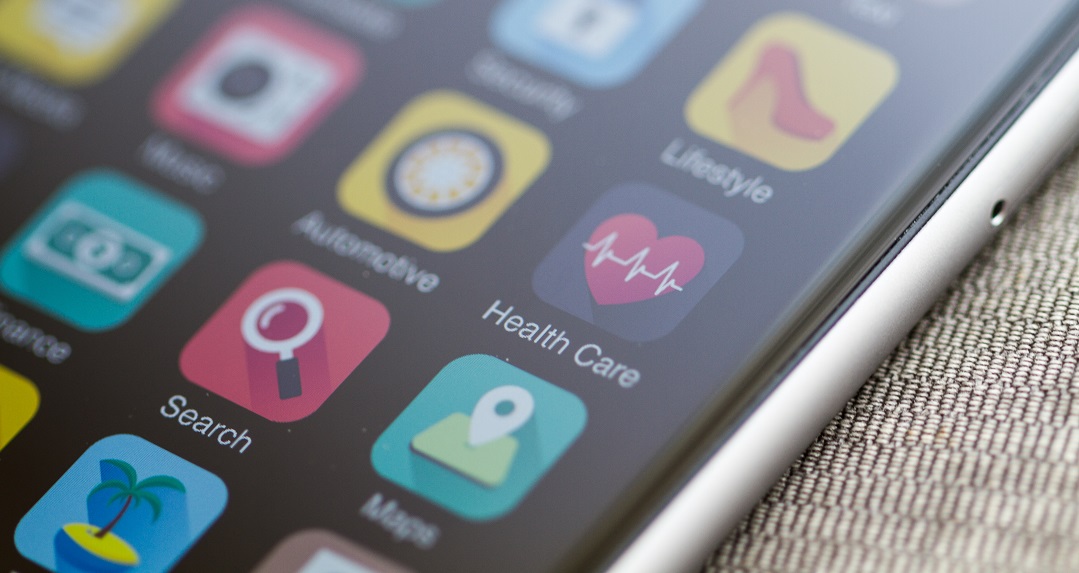BLOG
Interactive Tech for Events
How Gamification Can Help Healthcare Audiences Rise to the Challenge
They say that one of the great tragedies of adulthood is the loss of the sheer pleasure children take in play. Except really, for many of us, that spirit of play never really goes away, we are just told that we have to grow up and start taking things seriously.
The concept of gamification is about redressing that balance. Stripped down to its bare essentials, it is about taking dull, mundane tasks and making them more appealing by turning them into a game. In practical terms, gamification is now closely associated with the rise of apps, and the avenues they open up to apply elements taken from video gaming to the everyday world.
Imagine, for example, you can’t stand doing the washing up or vacuuming, but know you have to. With a gamification app, you and your family members could log each time you do a household chore, collecting points each time as you would in a video game. At the end of every week or month, the person with the most points (or jewels, or gold pieces…) gets a prize.
Gamification is attracting plenty of interest in healthcare. Most of the focus to date has centred on two areas – developing general health-promoting apps that encourage people to take plenty of exercise by setting goals and objectives, and condition-specific solutions that reward patients for sticking to a particular care plan, be it medication, exercise or diet.
The rationale behind the use of gamification in healthcare is that it promotes self-management by improving focus and attention. For all that we know how important it is to our health to take medications x, y and z every day, or follow our rehabilitation exercise regime, in the routines of everyday life it is easy to forget or become complacent. Stick some kind of play-related goal on it, however, and behavioural studies have proven just how much more focused people are.
Winning over practitioners
This is all well and good. But between the app developers and the patients who will end up using them, there is another factor in the equation – the medical professionals who are ultimately responsible for delivering and managing care. Gamification remains a new concept in healthcare – how many practitioners are ready to abandon tried and tested solutions to recommend a video game to their patients?
The best way to secure buy-in is to let people try for themselves. And for the MedTech companies investing in the development of gamified healthcare apps, one of the best ways to do this is to run trials at your next exhibition or trade conference.
One great option is to hire touchscreen displays. These can of course be used as a kiosk on a single exhibition stand to run demos of your latest app. But even better, with a little creative thinking, they can be used to draw delegates into a game which will give them a direct experience of the engagement you aim to create for their focus.
For example, if you offered an exercise monitoring app, you could encourage delegates to sign up at your stall and then at intervals throughout the day log all the different exhibits and workshops they have attended. The software could calculate the total distance covered throughout the conference centre, building up points/tokens as they go. But alongside this ‘gamified’ aspect, it could also convert distance covered into calories burnt, impact on heart rate etc – the type of things that health monitoring apps do for patients.
Another example might be to ask delegates to answer questions about every workshop or session they attend, with the interface designed like an interactive quiz with points awarded for each set of questions completed. This would mirror how apps can be used to ask patients to routinely log information such as what they have had to eat, or signs of symptoms, using a gamified format to turn the mundane into something engaging.
For more advice on how touchscreens can help you to introduce gamification at your next event, contact us today.
